Bring a Pop of Color to Your Garden With These Annual Flowers
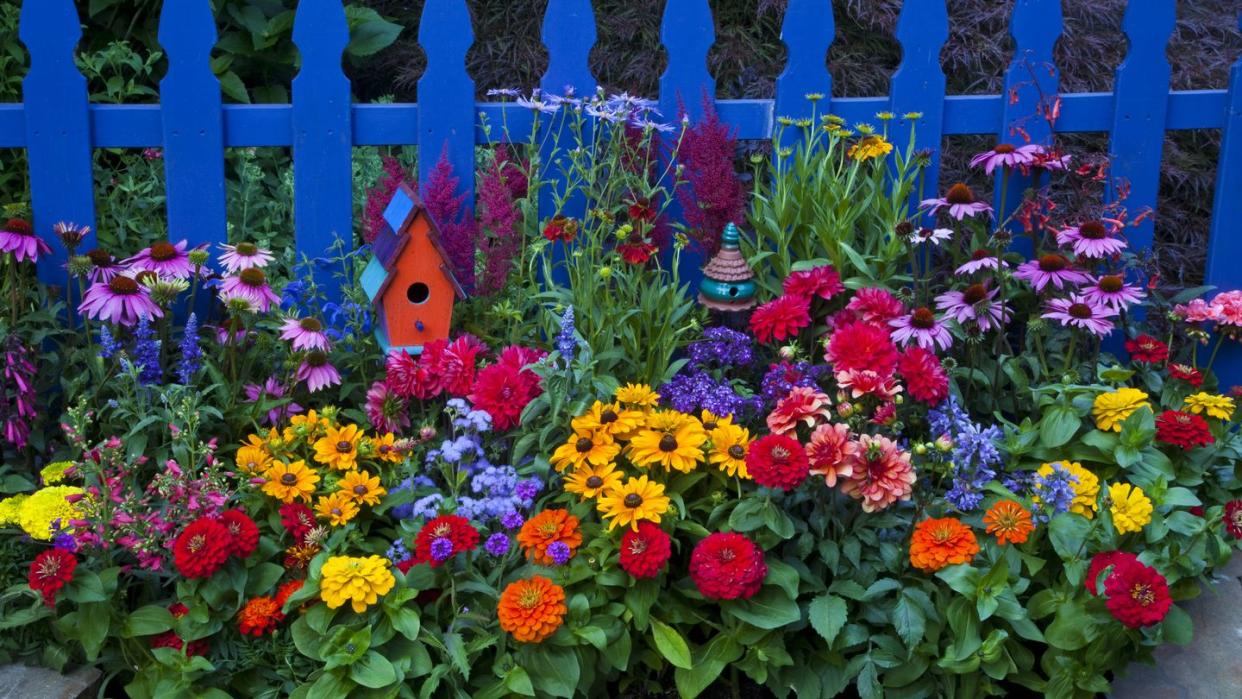
"Hearst Magazines and Yahoo may earn commission or revenue on some items through these links."
If you want bold colors and instant beauty, annuals are the answer! Although annuals live for only one growing season and don’t come back the following year, they offer plenty of drama. For starters, they keep blooming from planting until a hard frost so you’ll enjoy them for months and months. They’re also inexpensive and allow you to change up your garden design or container plantings every year.
While perennials return for many years, they only bloom for several weeks each season. They also take a few years to get established, so that means they look a little lackluster when you first plant them. But when you plant annuals and perennials in your garden, you get the best of both worlds: Instant impact and color and long-term plantings for a well-rounded design.
Your annuals will do best if fertilize them regularly. Use a granular extended release type, which works for up to three months, or a liquid fertilizer whenever you water. Flowers in pots and containers, from which nutrients leach out more quickly, especially benefit from fertilizer to boost their bloom power and keep them going all season long.
Ahead, our top picks for the best annuals for your garden:
If you want bold colors and instant impact in your yard, then annual flowers are the answer! For starters, they can beautify your small garden and turn any landscape from drab to fab! They also attract butterflies and other pollinators to bring new life to your garden. Another reason to plant annuals this year? They're relatively budget-friendly so you change up your garden design or container plantings every year!
While annual plants will only last one season in the garden, they're a great complement to perennials, which return for many years. Annuals provide color right away, while perennials take a few years before they really show off. In fact, most perennials look a little lackluster when you first plant them. That's why you should plant both annuals and perennials in your garden. The result will be a well-rounded garden design!
Keep in mind that your annuals will do best if you fertilize them regularly. Use a granular extended release type fertilizer, which works for up to three months, or a liquid fertilizer whenever you water. It's especially important to use fertilizer if you plant your annal flowers in pots and containers since nutrients tend to leach out more quickly. This will help boost their bloom power and keep them going all season long. Now, pull on your gardening gloves, slip into your gardening shoes, and check out our top picks for the best annuals for your garden!
Marigold
Marigolds are some of the sturdiest annuals around. They come in cheery shades of yellow, orange, apricot and cream, and they can grow to a height of 6 to 18 inches tall. They’ve been popular for decades because they’re hardy and drought-tolerant once established. Give marigolds full sun.
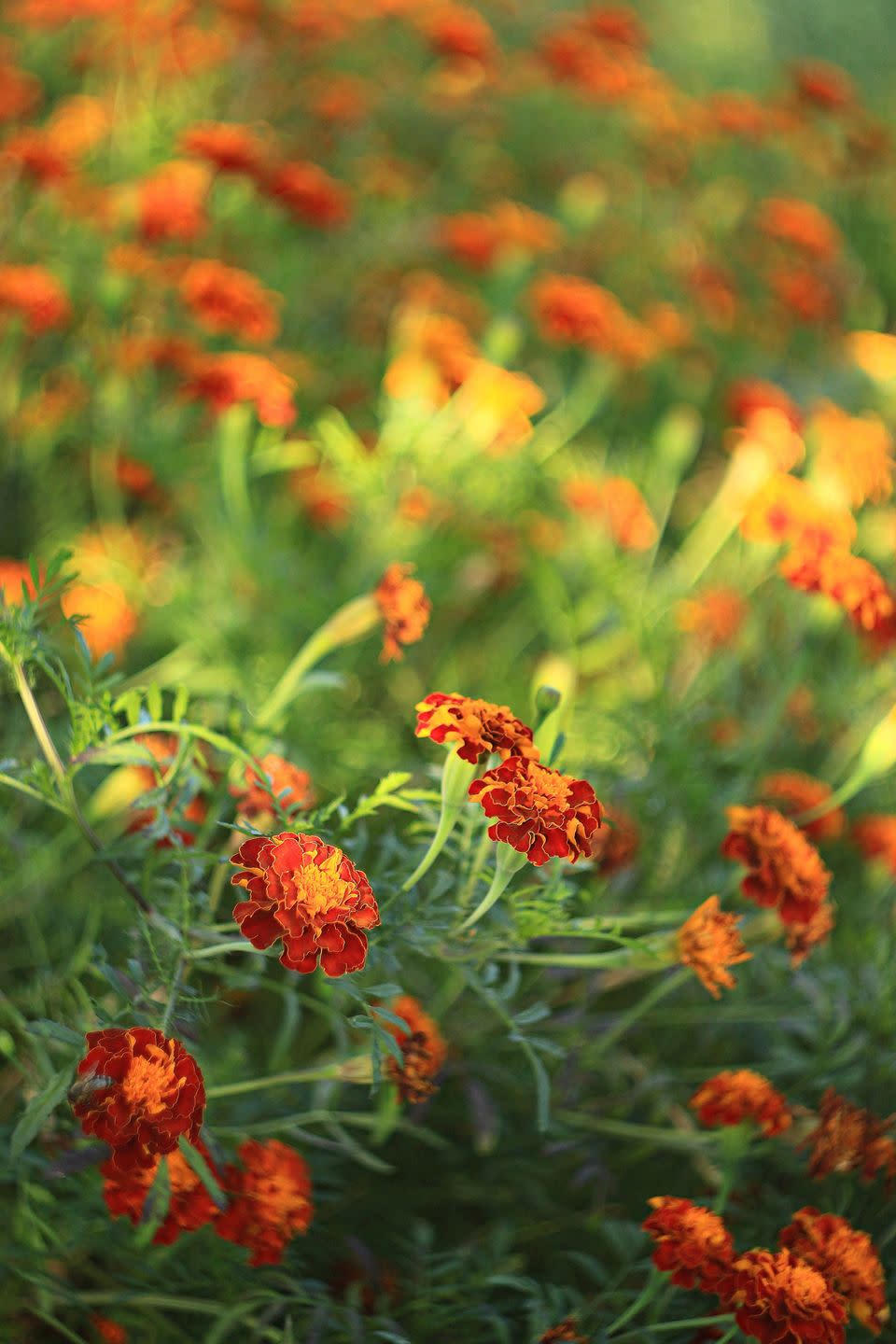
Begonia
There are many different varieties of begonias, but they all bloom profusely in shades of pink, white and red. The winged-leaf types are especially stunning. Begonias prefer part sun to full shade, depending on the variety.
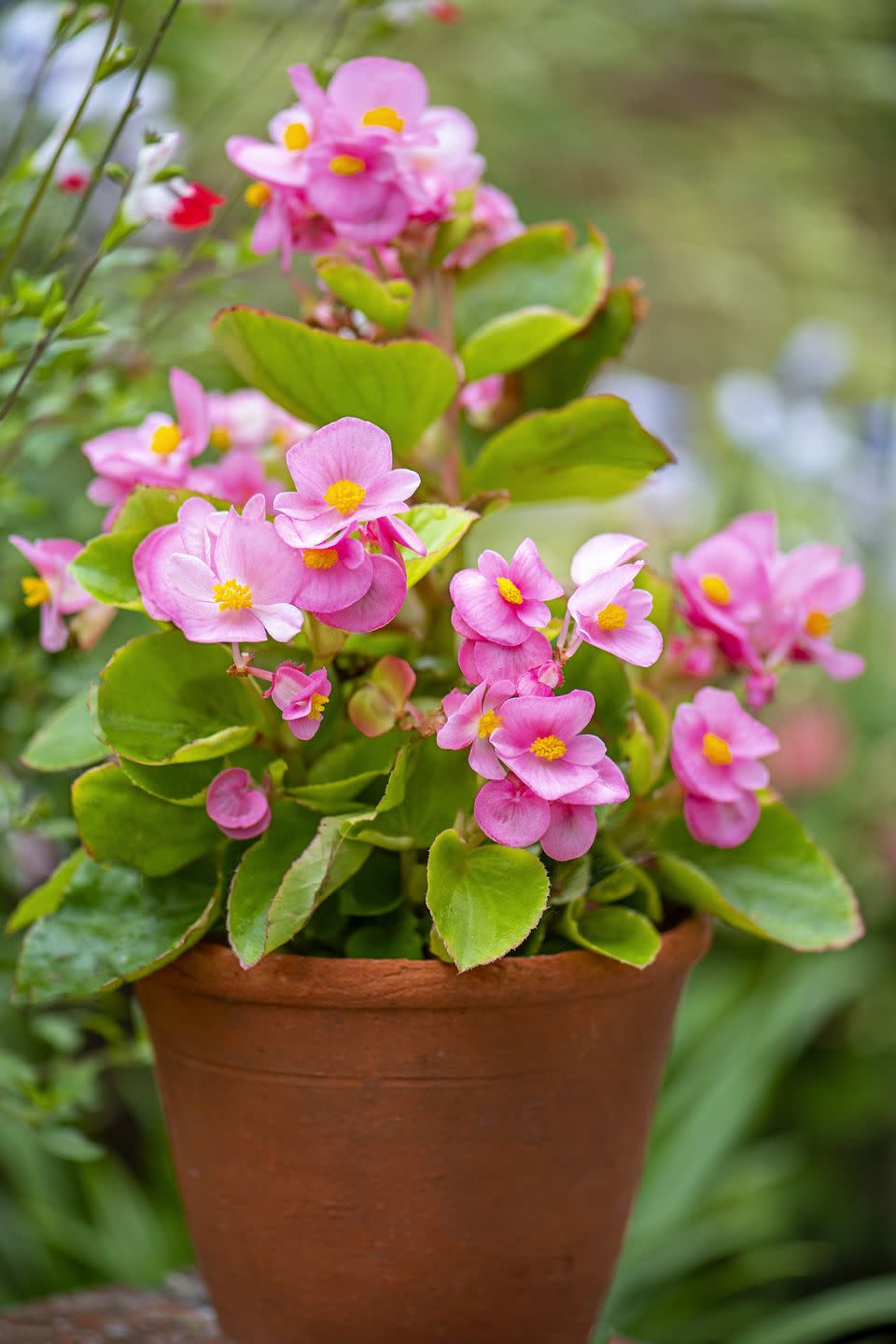
Sweet Alyssum
This sweetly-scented low-growing annual comes in pink, purple and white. It’s beautiful cascading from pots, window boxes, and hanging baskets, and pollinators love it! It will even tolerate a light frost or two. Give sweet alyssum full sun.
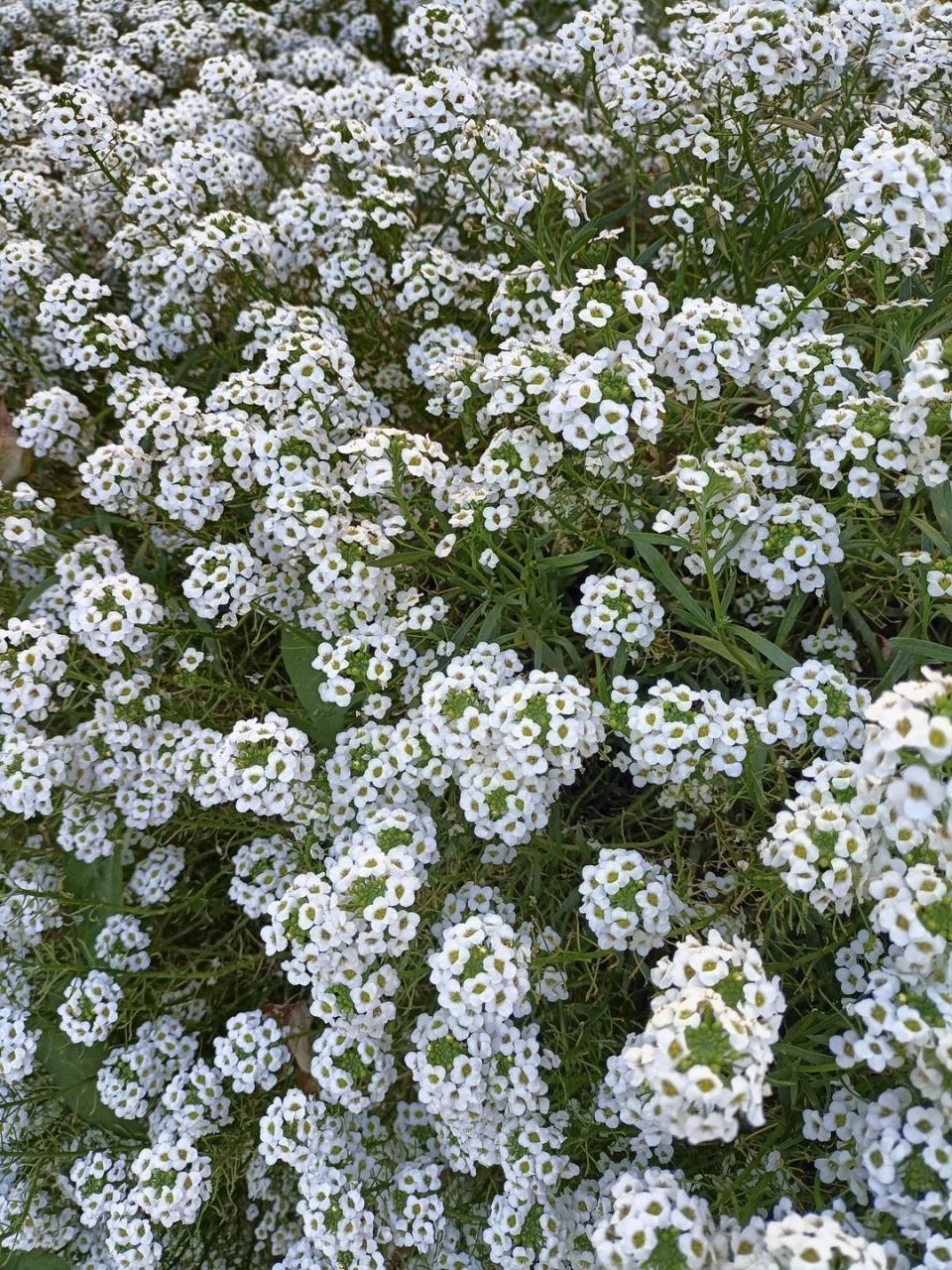
Angelonia
Often called summer snapdragon, angelonia comes in upright or cascading forms in white, pink, yellow, peach, purple, and bicolor varieties. Its tiny flowers do resemble snapdragon flowers, but it withstands the heat better. Angelonia needs full sun.
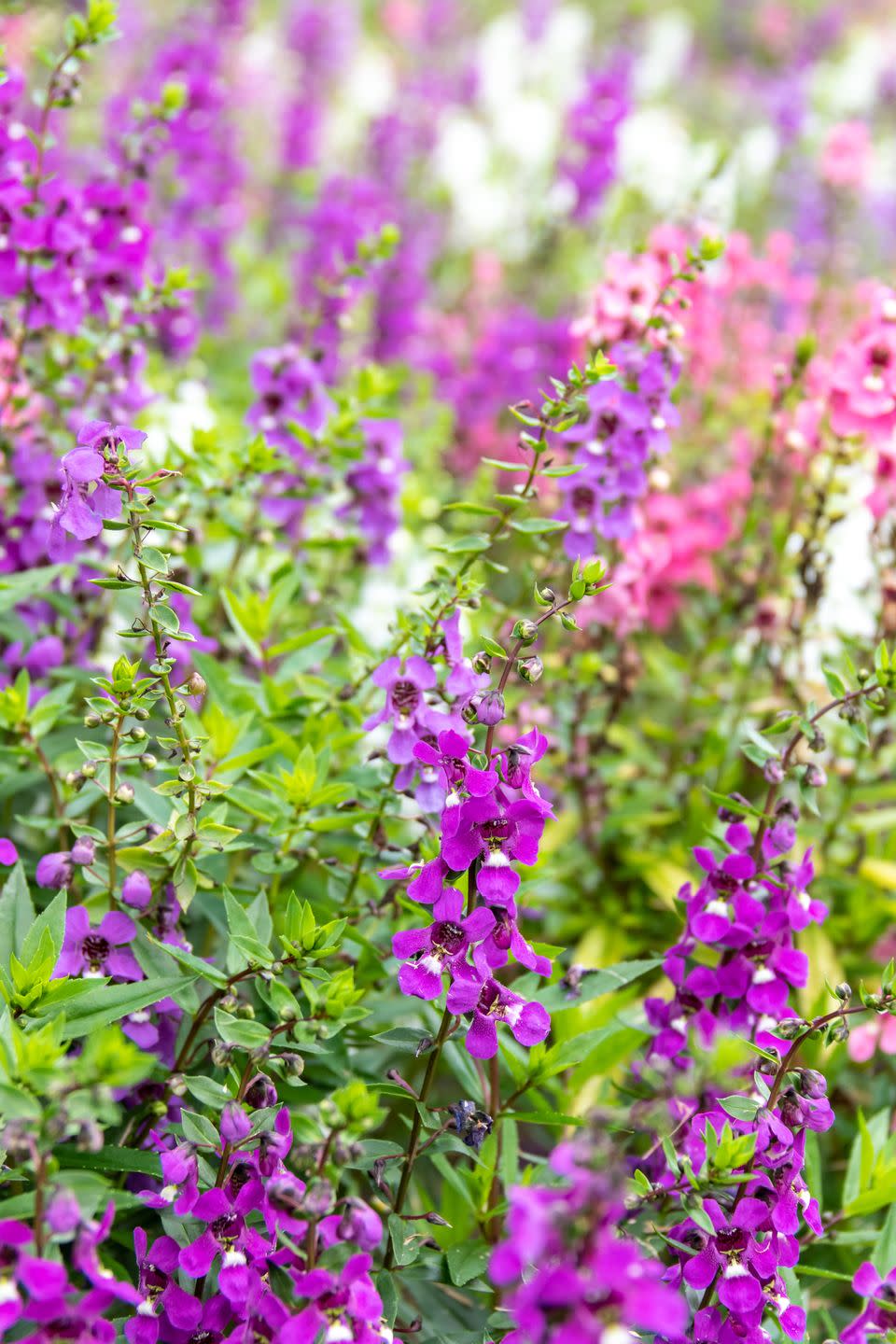
Sunflower
One of the easiest flowers to grow from seed, sunflowers can reach anywhere between a foot to over 10 feet tall! Pollinators adore their late season blooms, and they come in many shades besides sunny yellow, including pink, burgundy and chocolate. Give sunflowers full sun.
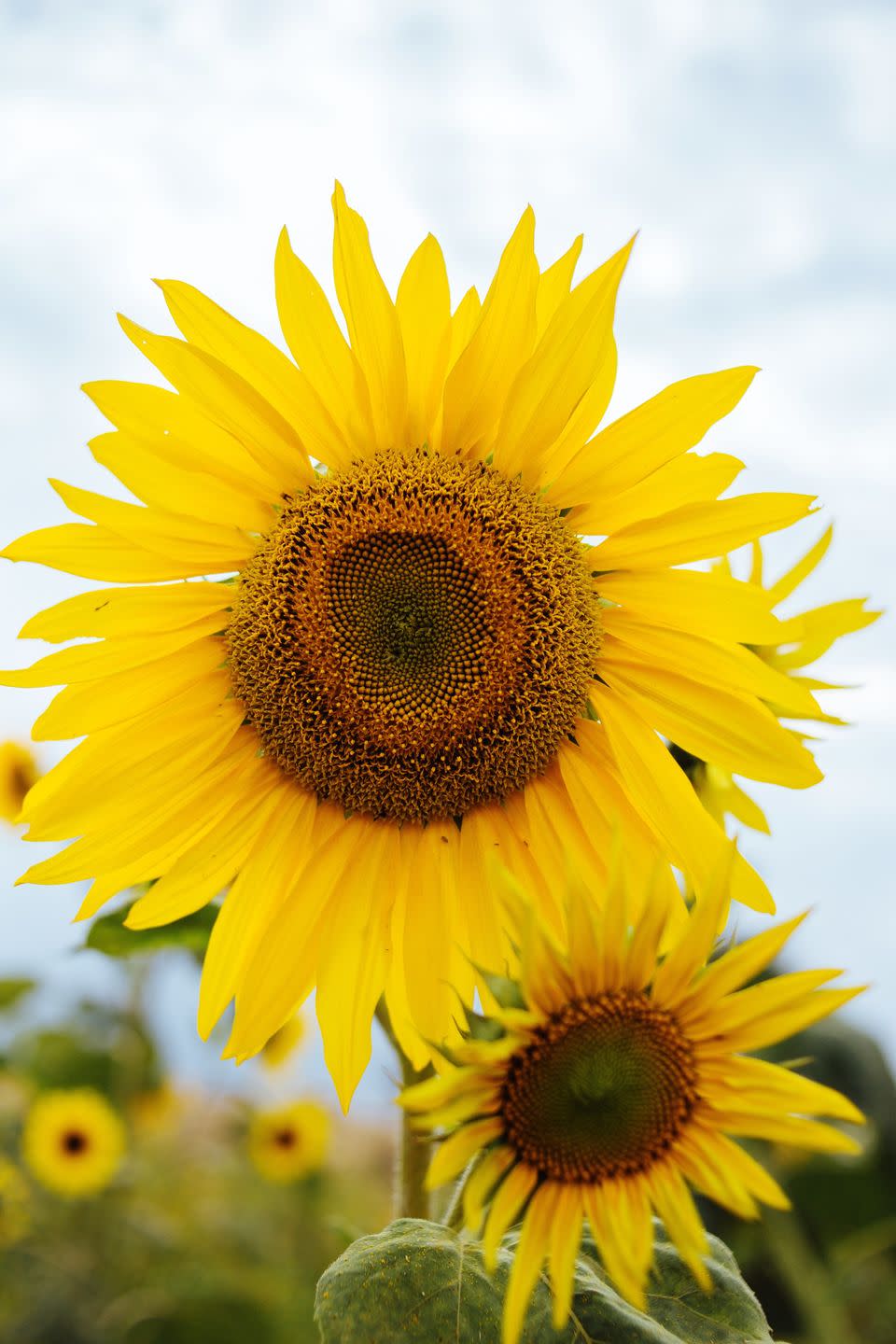
Ammi
Ammi is a lesser-known annual that resembles the roadside wildflower, Queen Anne’s lace. Its frilly flowers appear on long stems, and they make beautiful cut flowers. It’s easy to grow from seed. Give ammi full sun.
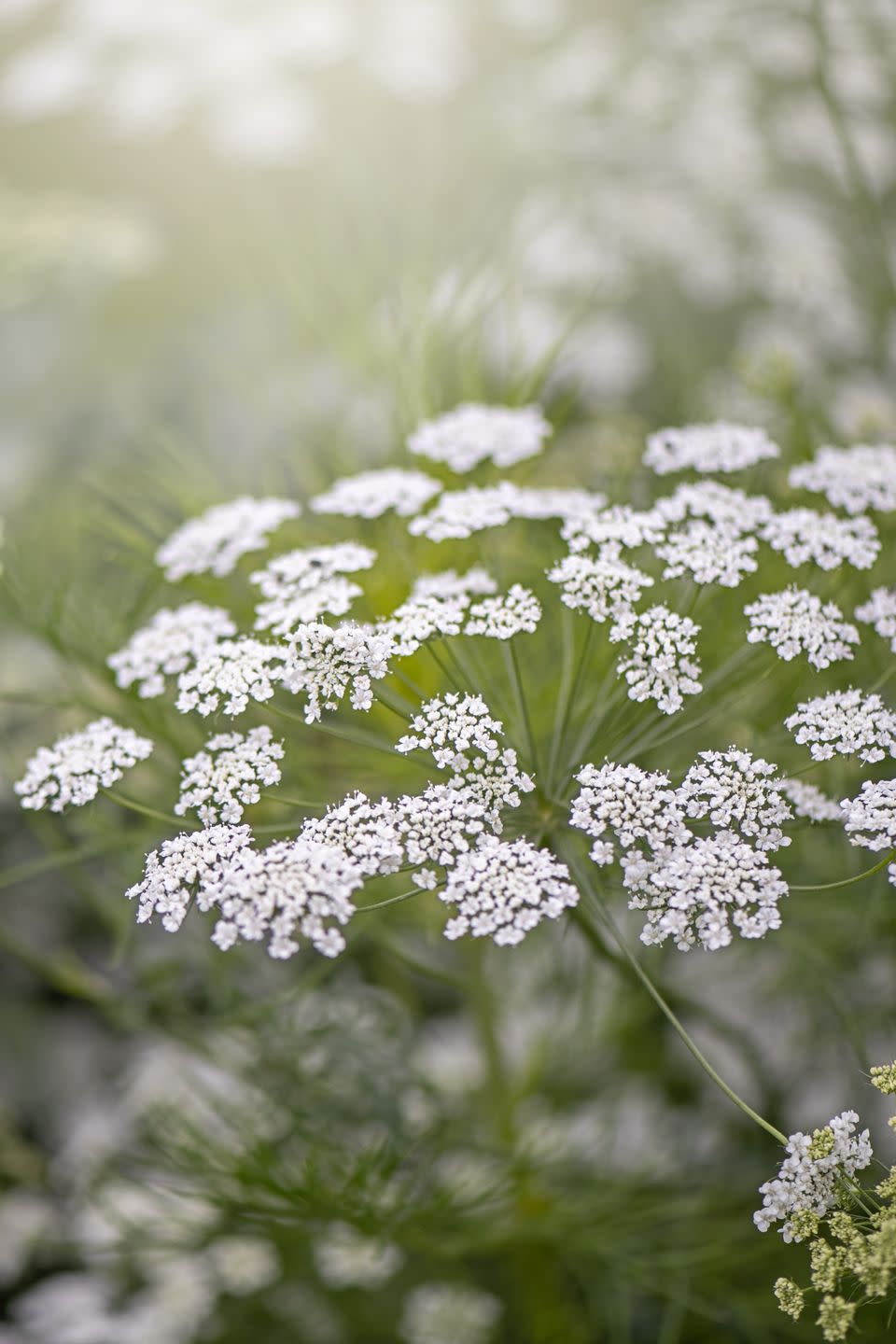
Pansies and Violas
The happy, little faces of pansies and violas prefer cooler weather, so they do best in spring and fall. Give them full sun, though they’ll hang on in the heat of summer if they have some afternoon shade.
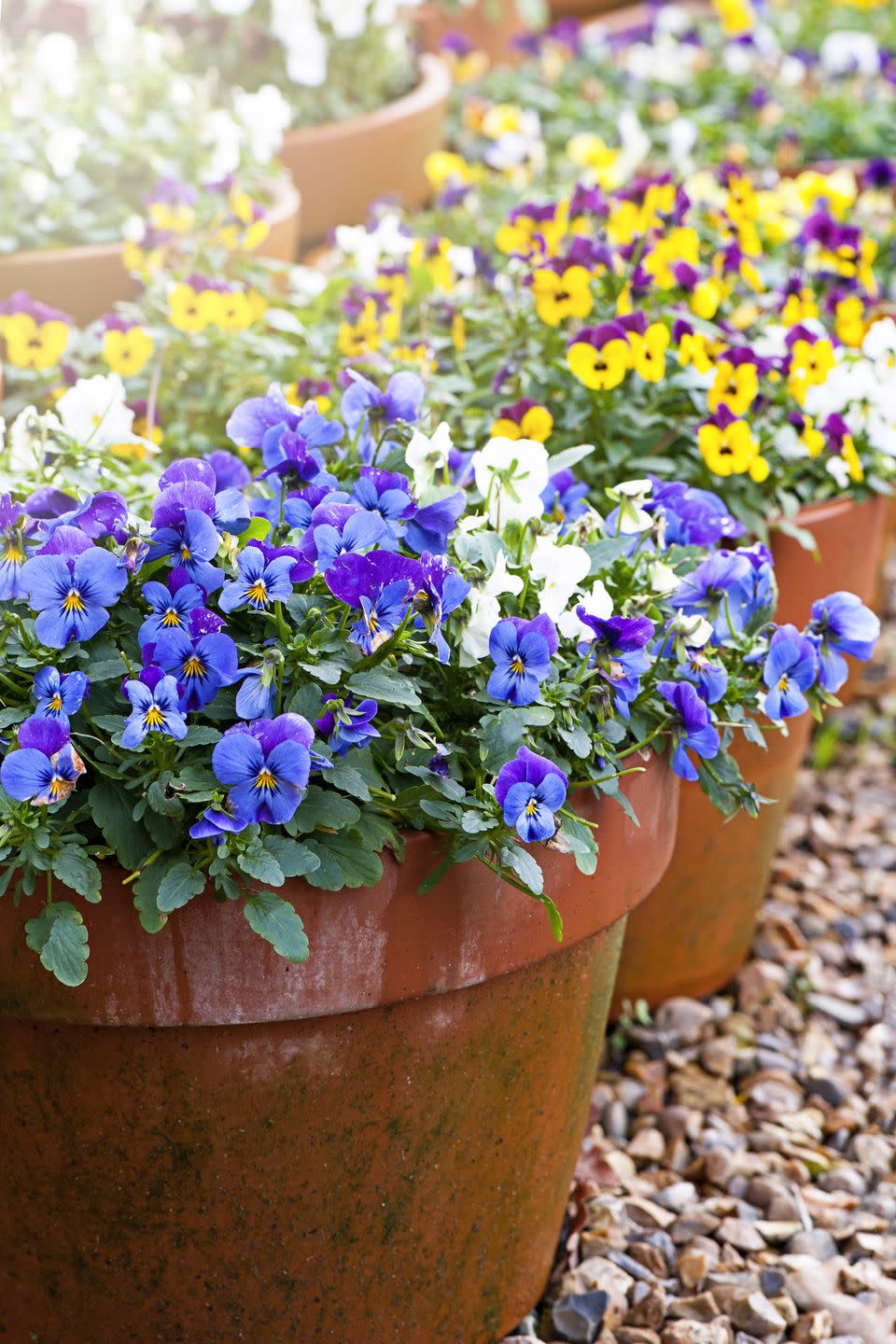
Petunia
Petunias are an old-fashioned favorite that come in every color imaginable from white to pink to purple, and some even have stripes! They’re a pollinator favorite. Newer types don’t have to be deadheaded, or have spent blooms removed, in order to bloom all summer long. Give petunias full sun.
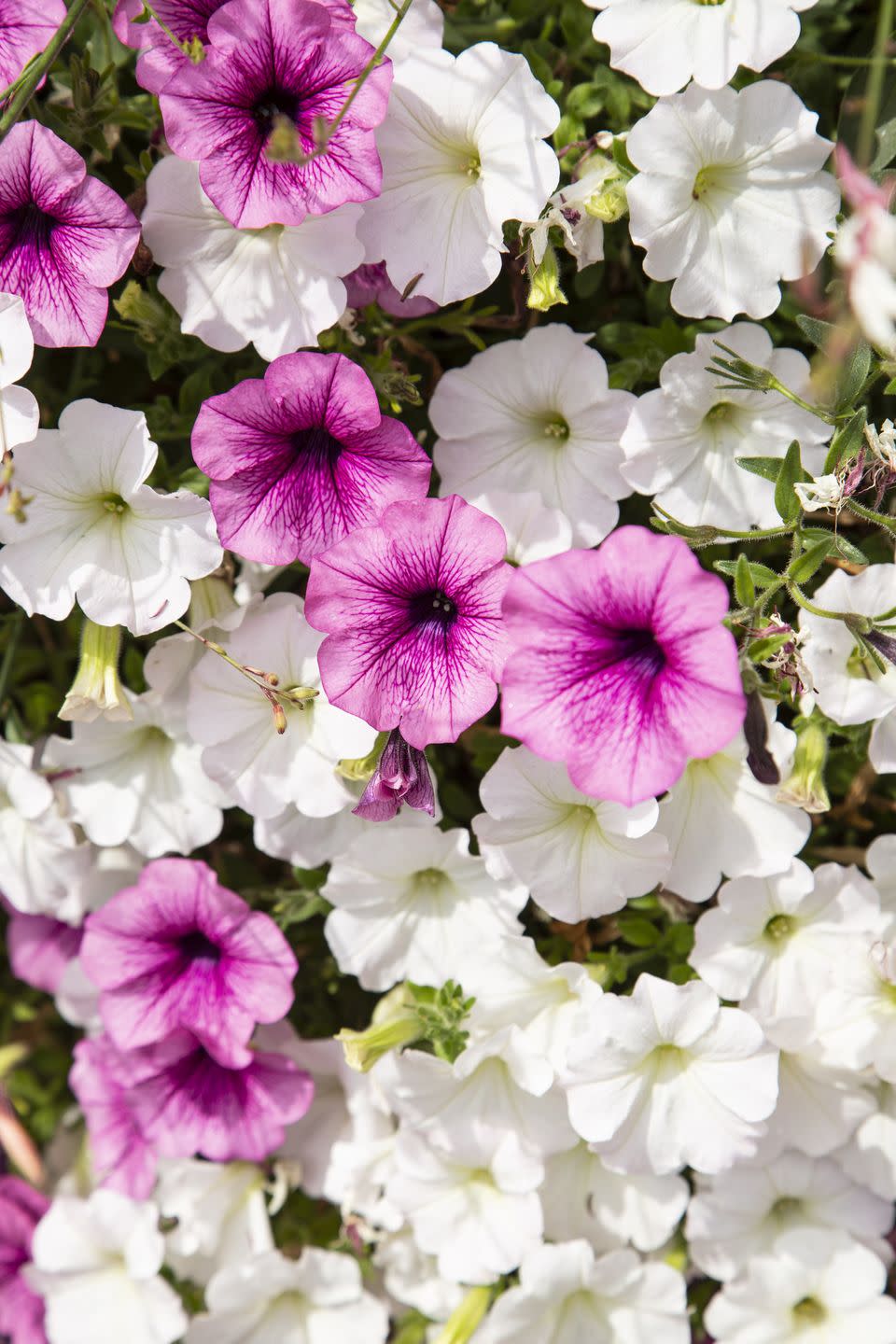
Cuphea
Also called firecracker plant for its bright orange cigar-shaped flowers, this annual is irresistible to hummingbirds. Cuphea doesn’t mind the heat, even in midsummer. Give cuphea its own container because it has a tendency to take over. It needs full sun.
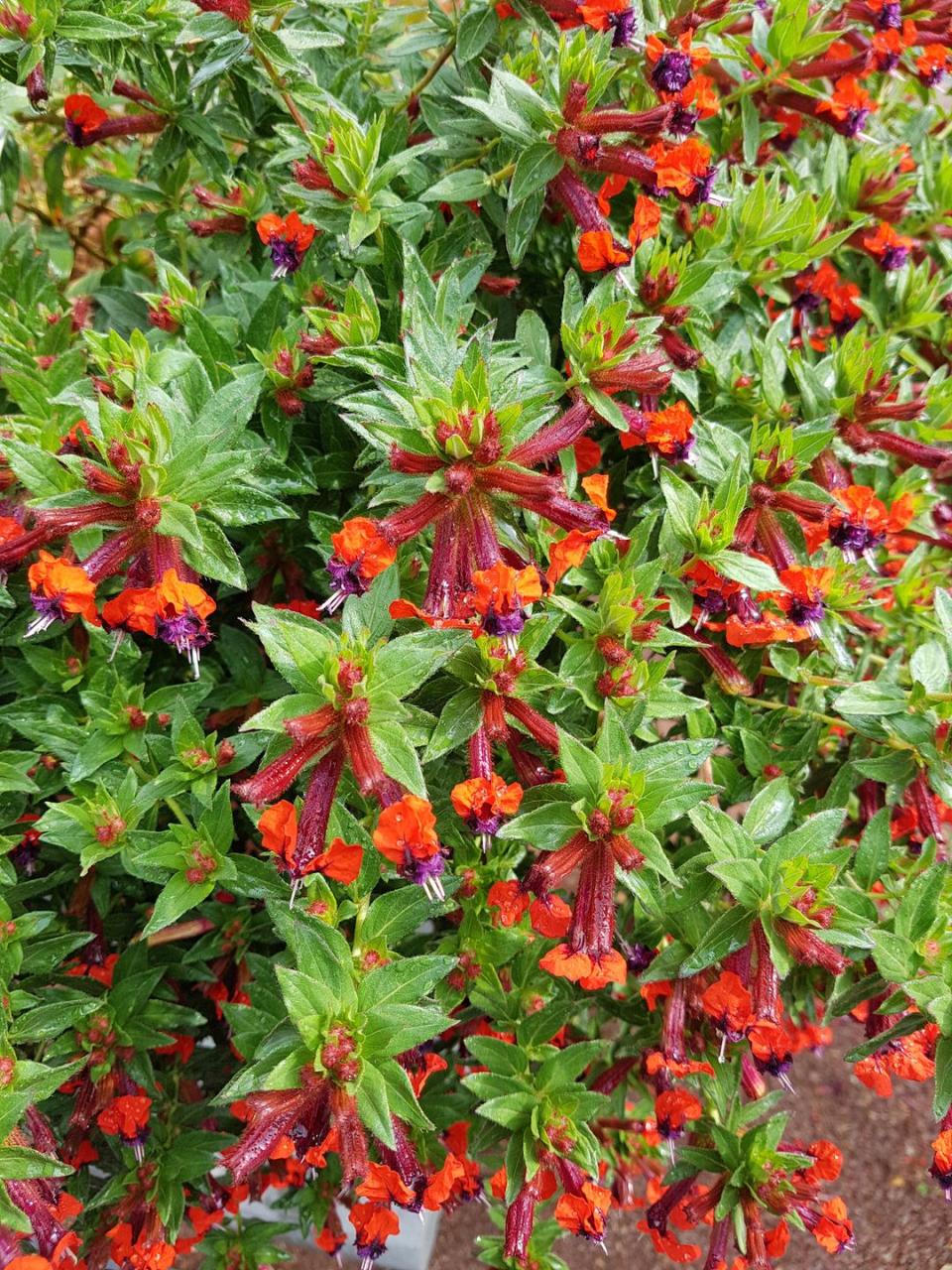
Lobelia
Lobelia has delicate white, purple or pink flowers that drape nicely from baskets and window boxes. However, it doesn’t like the heat at all. Once temperatures are consistently in the high 70s, it gets leggy. Trim it back and it may revive in fall. Give lobelia full shade, though some morning sun is okay.
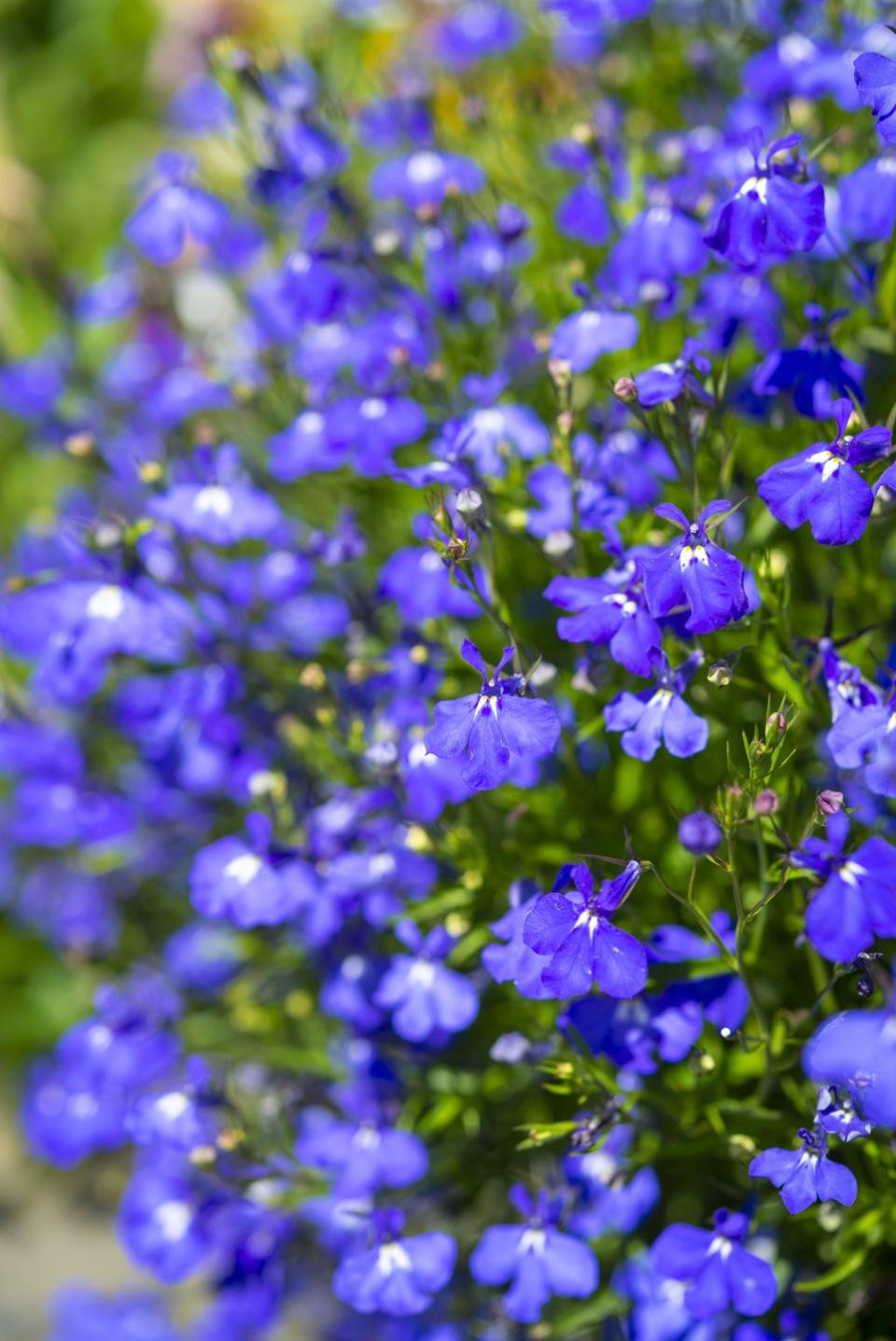
Calibrachoa
Calibrachoa resembles petunia but it’s a different plant altogether. The small trumpet-shaped flowers bloom and bloom, and you never have to deadhead it to keep the flowers coming. It's available in stunning, saturated colors from hot pink to orange, and everything in between. Hummingbirds love this plant! Give calibrachoa full sun.
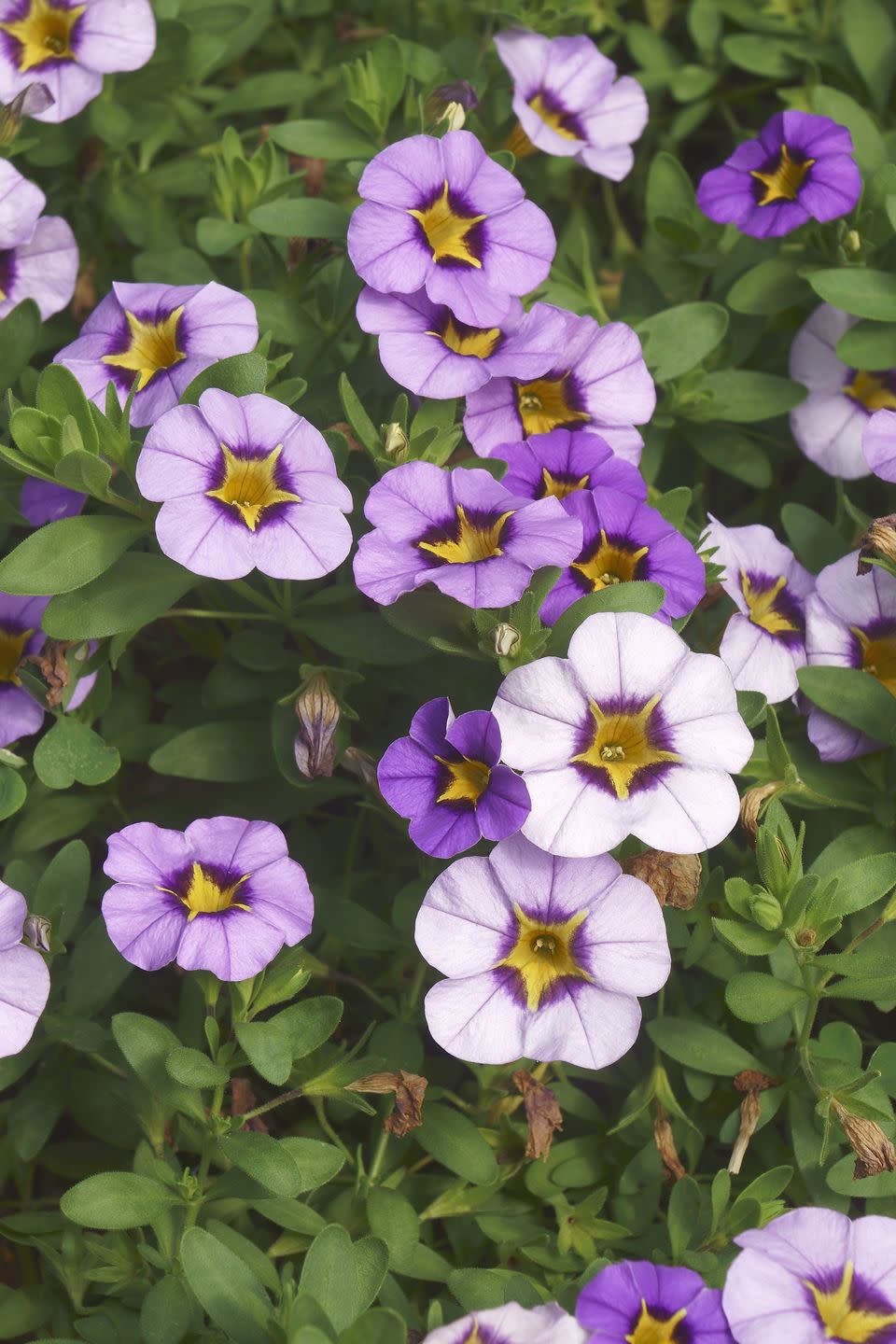
Torenia
Torenia is another hummingbird favorite with its tubular-shaped flowers in pink, white or purple with white throats. It looks beautiful tumbling out of window boxes. Torenia needs full shade.
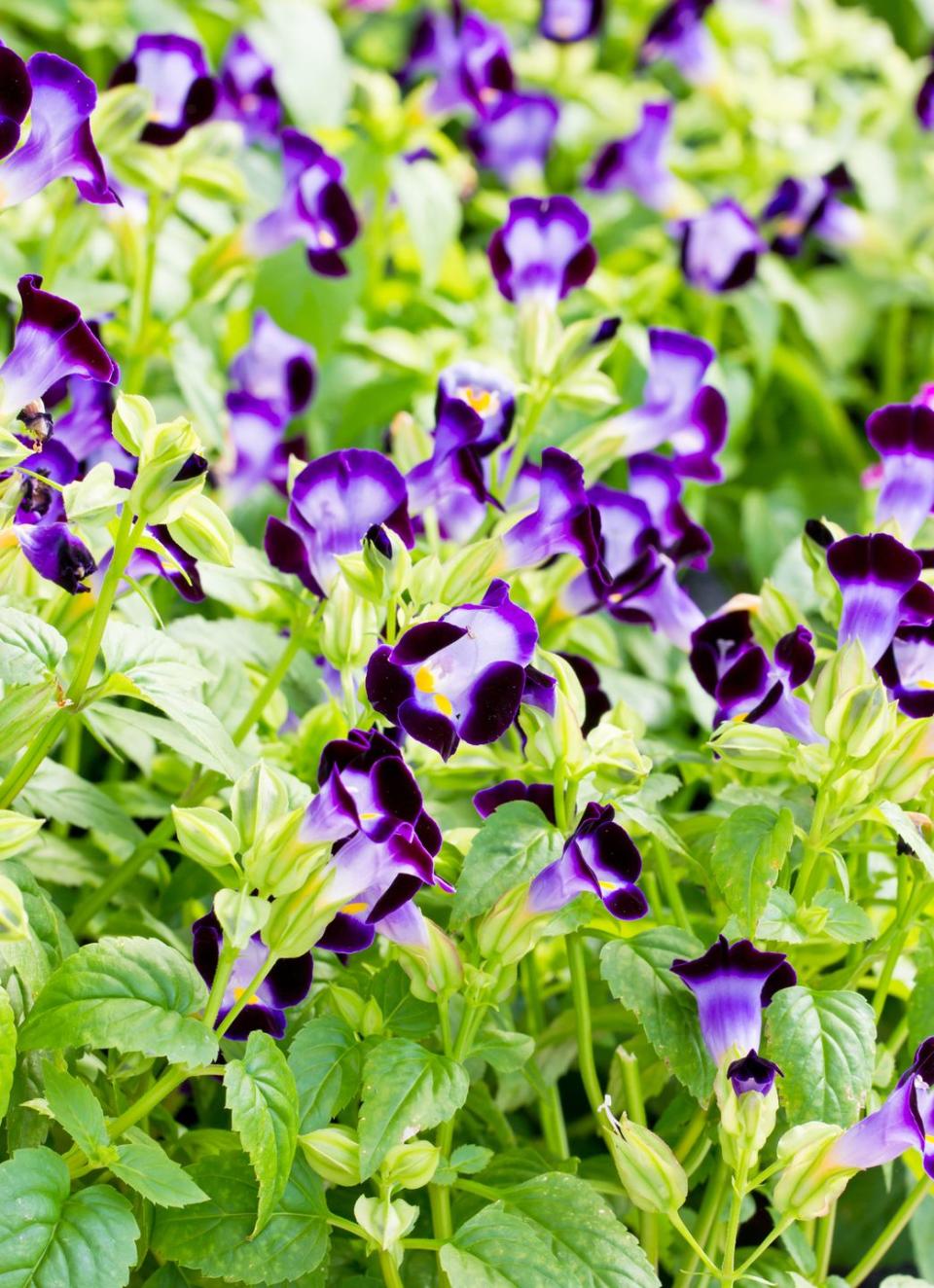
Zinnia
Zinnia is easy to grow from seed and comes in many different colors from lime green to hot pink. It is a pollinator magnet! Give zinnias full sun.
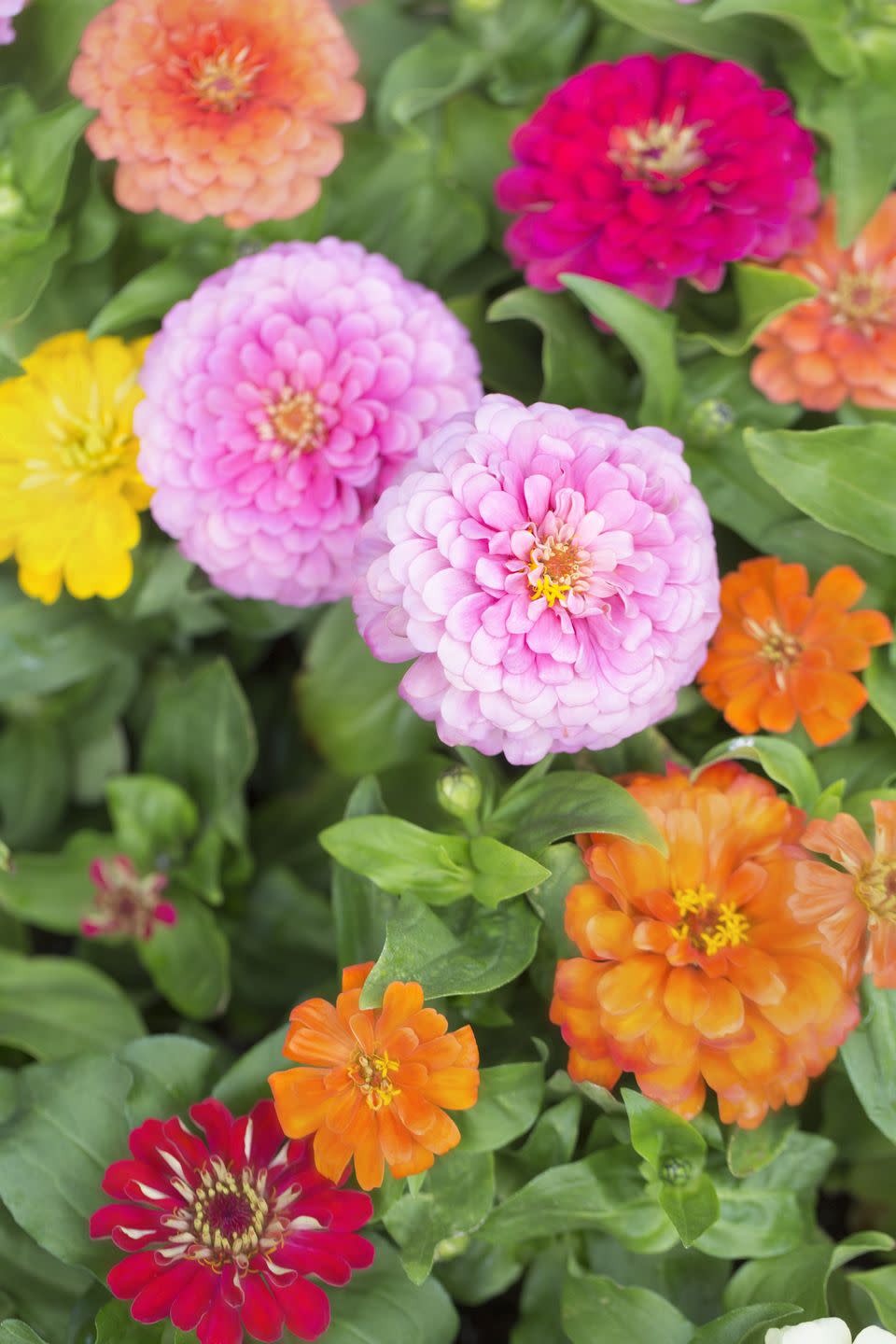
Cosmos
The long, elegant stems of cosmos stand tall and add beauty to the back of borders. Cosmos also makes a wonderful cut flower. Give cosmos full sun.
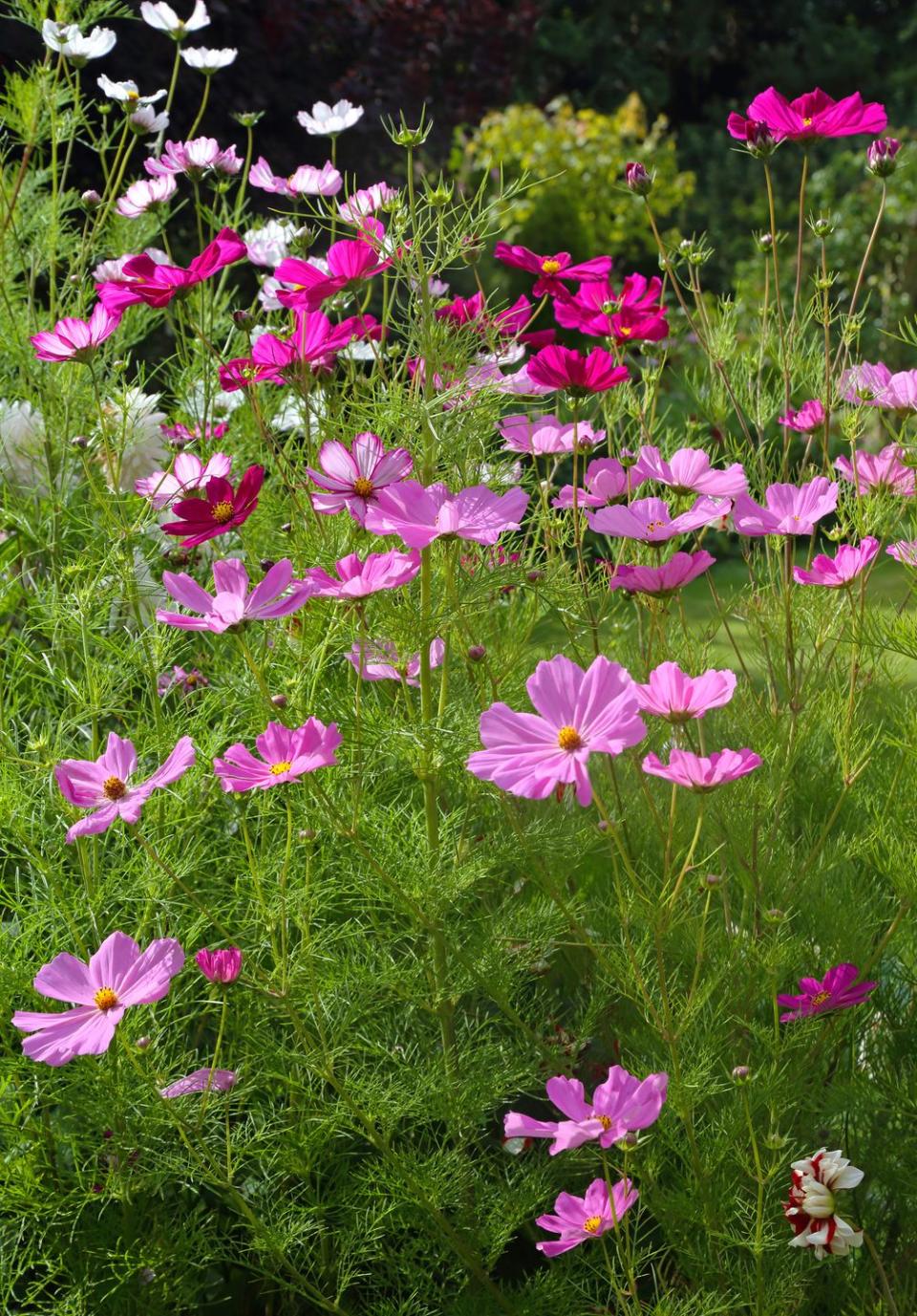
Browallia
The lovely amethyst or pink blooms of this lesser-known flower appear on mounded plants. They are a great disease-resistant alternative to impatiens. Browallia needs mostly shade.
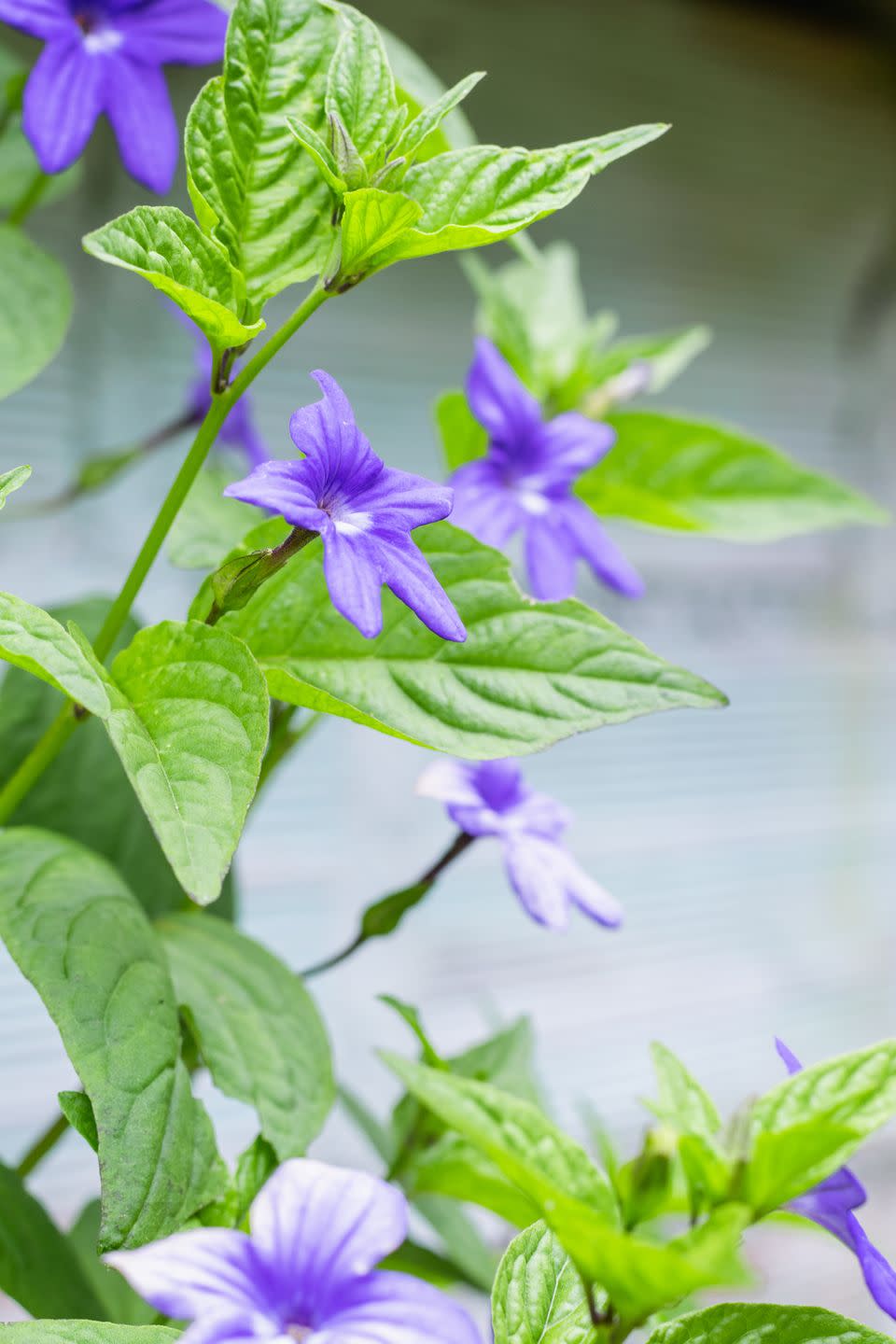
Snapdragon
Snapdragons come in pretty shades of pink, white, salmon, red and yellow. Their upright spikes of flowers make a stunning bouquet, too. They don’t mind a little cold so they can be planted early in the season for a long bloom period. Give snapdragons full sun.
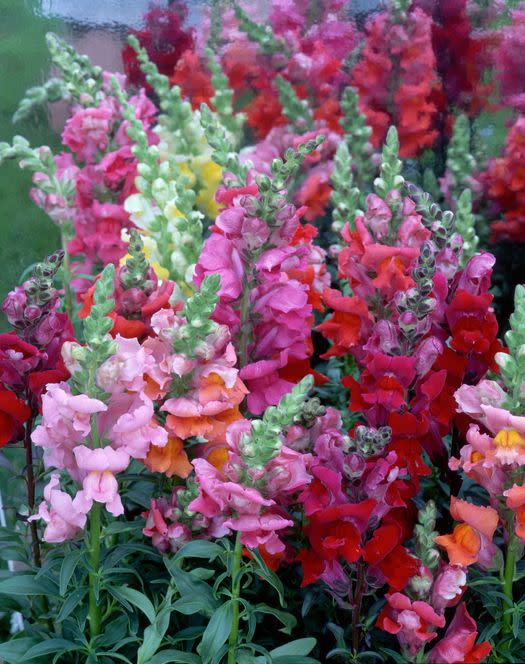
Nasturtium
Nasturtium is super-easy to grow from seed (soak the seeds overnight to speed up germination). Their pretty rounded leaves and brightly-colored flowers have a vining habitat, so you can help them grow up a trellis or let them tumble over garden beds. Fun fact: The flowers and leaves are edible and add a spicy kick to salads and cocktails. Give nasturtiums full sun.
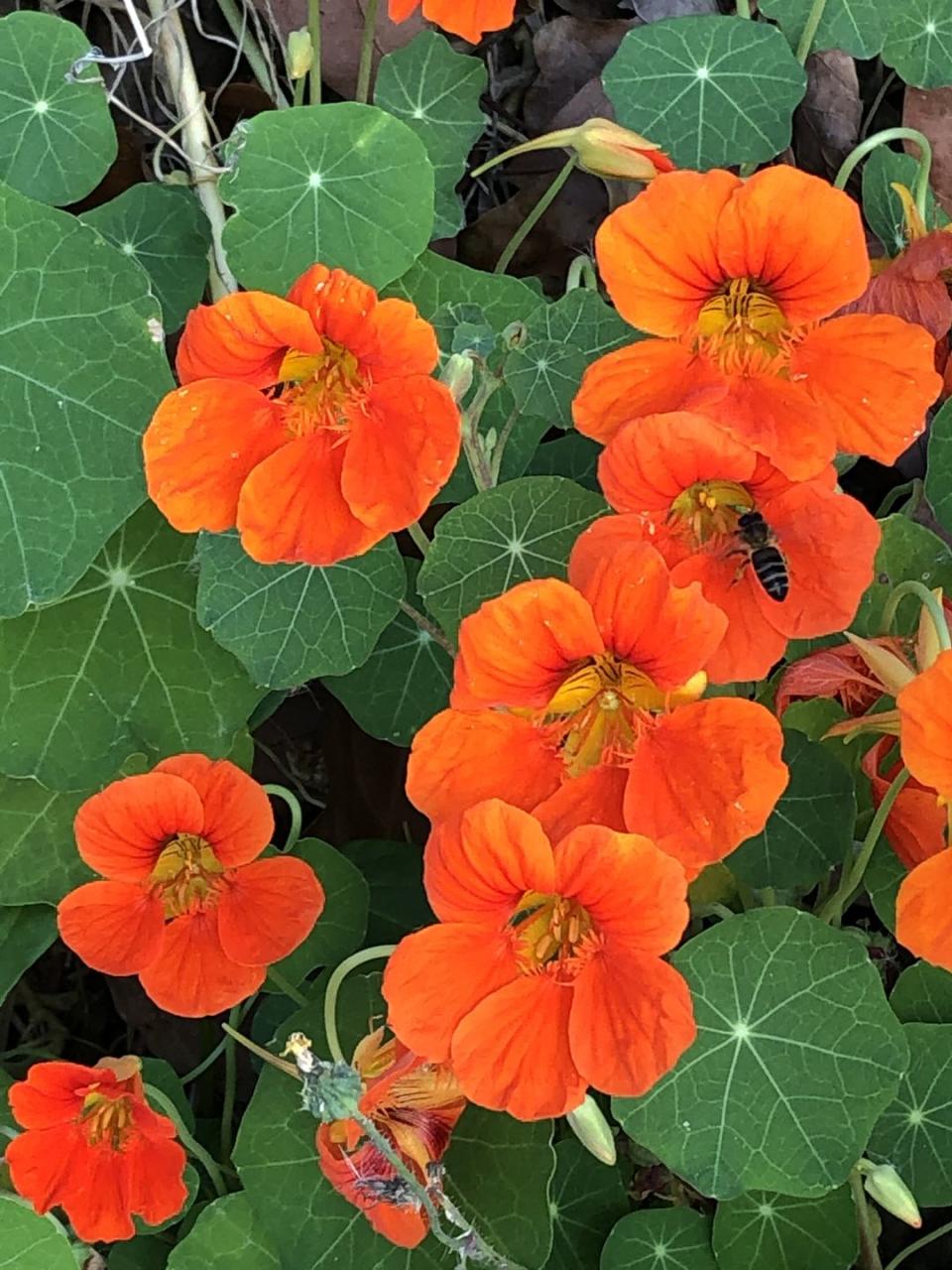
Cornflower
The cute tufted flowers of cornflower come in blues and pinks, and they make a great cut flower. Deadheading will extend their bloom season. Cornflowers need full sun.
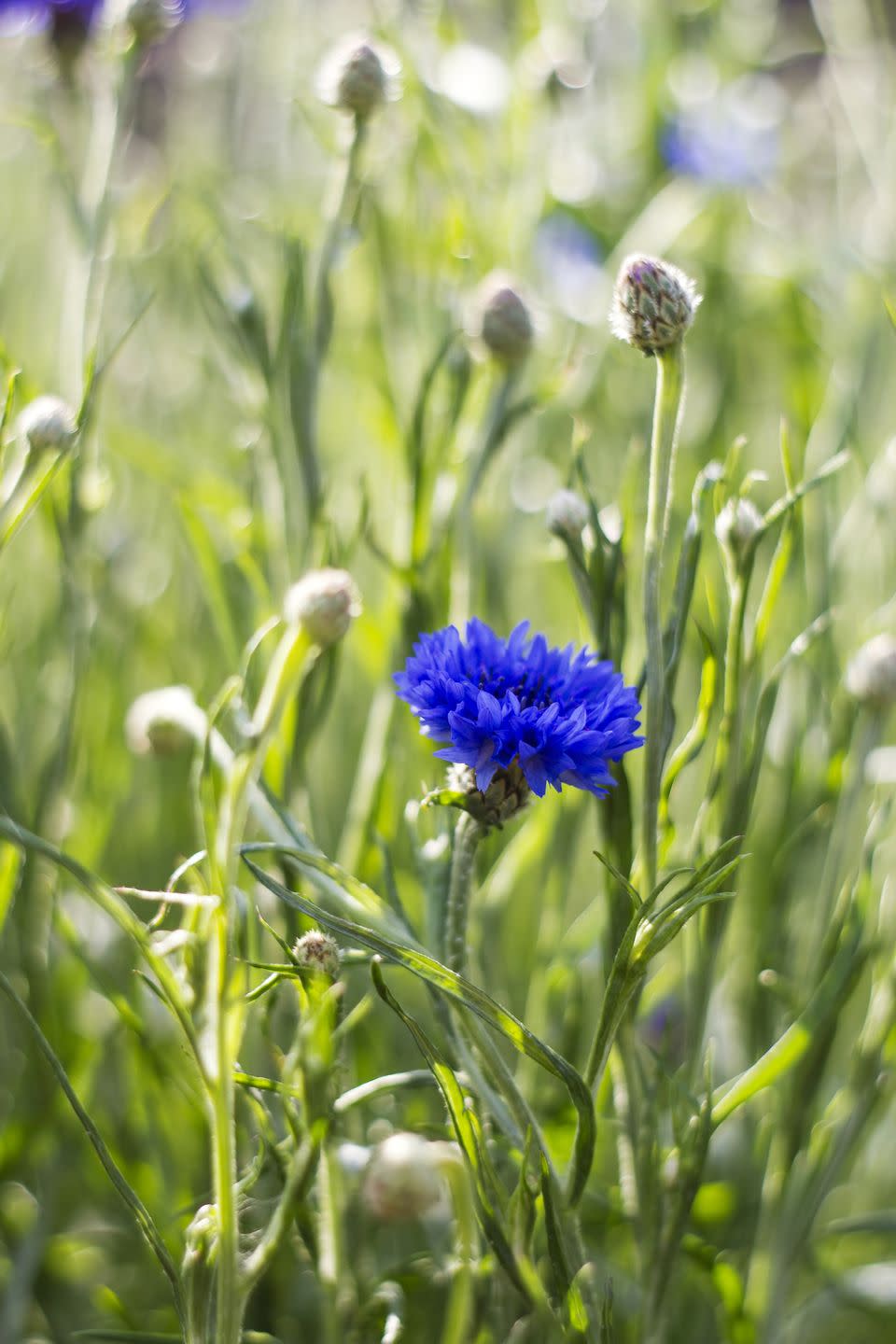
Portulaca
This low-growing succulent has pretty, bright flowers that last only one day, but the plants bloom nonstop. They’re ideal for hot, dry areas. Portulaca needs full sun.
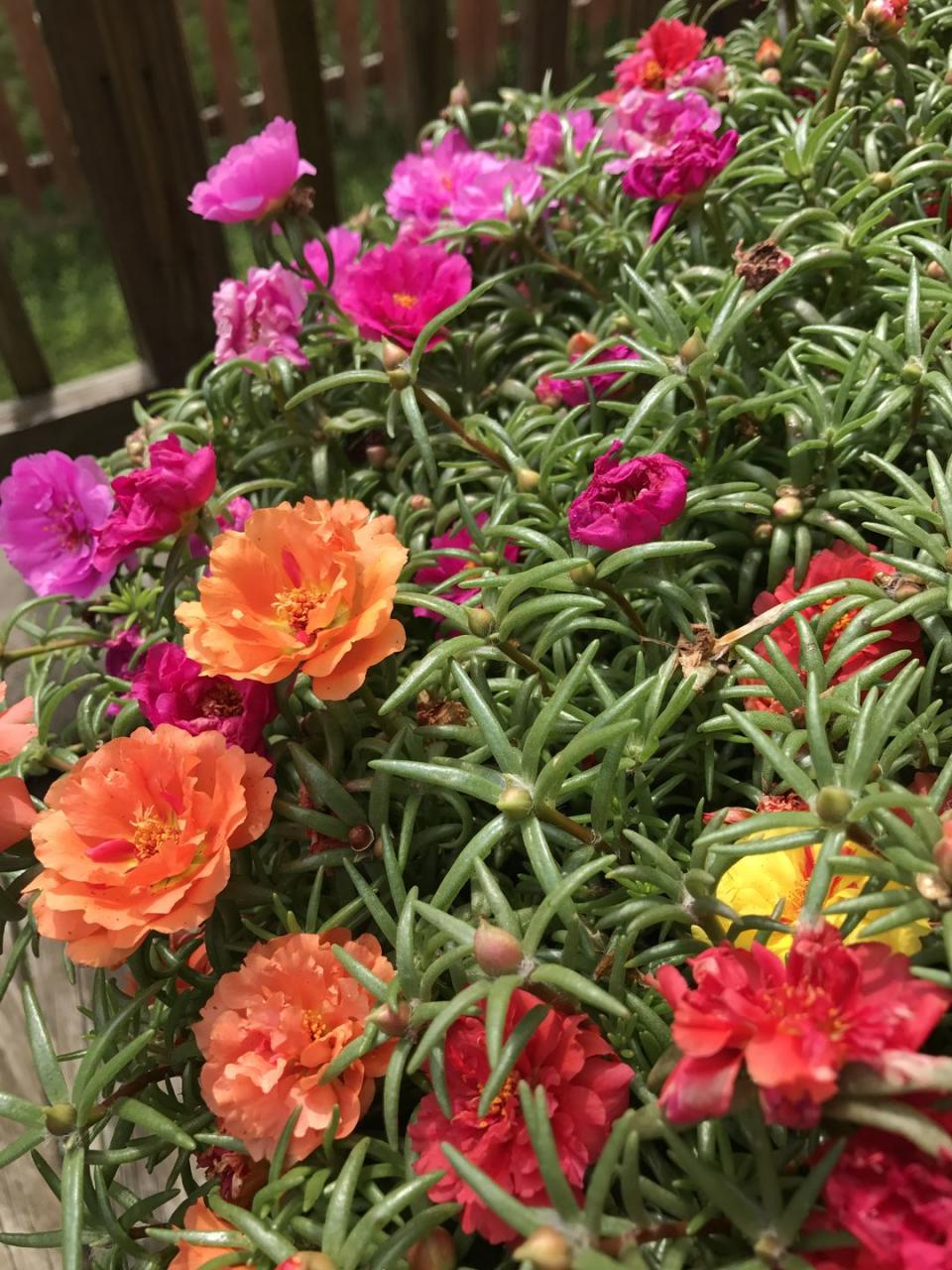
Fan Flower
Fan flowers have blooms in pink, white or purple. They’re a great plant in mixed containers because they spill over the sides for maximum impact. Give fan flowers full sun.
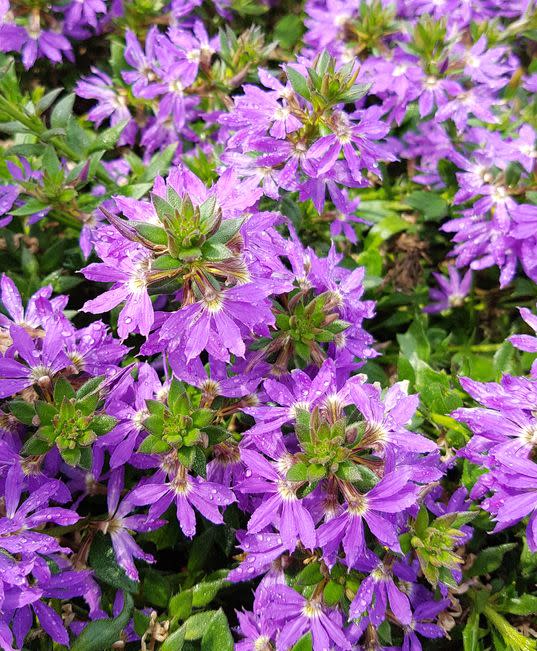
You Might Also Like

